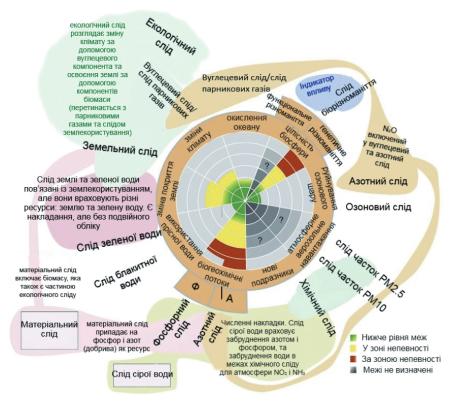
Resource description:
The theoretical underpinnings and the essence of the "biodiversity footprint" concept were investigated, and the key aspects of its calculation methodology were established. Specifically, definitions of the "biodiversity footprint" term in domestic and foreign scientific literature were reviewed. It is proposed to define the biodiversity footprint as the impact of a product, company, individual, or community on global biodiversity, measured in terms of the change in biological diversity resulting from the production and consumption of specific goods and services. The main approaches and tools for calculating the biodiversity footprint were identified and analyzed. Six core groups of biodiversity footprint calculation tools were reviewed, and the key differences between them were established. In general, biodiversity footprint calculations using the aforementioned tools rely on company or enterprise information (financial and/or value chain data), consider geographical and ecosystem contexts or generalized (proxy) relationships, and follow a three-stage sequence. It is expedient to apply the biodiversity footprint as an indicator for various sectors and levels of governance, their types of activities or supply chains, as well as for an individual product or consumer. The biodiversity footprint, as an indicator, can help businesses in substantiating strategic approaches, management, and technological decisions in the context of ensuring proper environmental and social responsibility. Calculating the biodiversity footprint is an important tool for preserving ecosystems and natural landscapes and ensuring the sustainable use of resources through the adoption of environmentally responsible decisions.
Author/Contact:
O. Pelyukh | I. Soloviy | O. Kiyko | M. Ilkiv | T. Chelepis | V. Lavnyy